
An interview with
Kevin Chong
One of the foundational pieces of creative writing is peer review through workshops. Peer review has been the traditional model for seminar courses; however, incorporating this element into large lecture classes can be challenging. Kevin Chong, a lecturer in the Creative Writing department, understands the value of peer review in his field and has been developing strategies to incorporate this element into all his courses, both small seminar courses and large lecture classes.
Please tell us about your project.
I’ve used peer assessment in most of the courses I teach, including the small seminar courses as well as the larger lecture courses. Traditionally, creative writing has been exclusively taught through a workshop-model classroom in seminar courses. About ten years ago, we needed to increase enrolments, and so we started offering lecture classes, which was a completely different model.
In the small classes, every week a few members of the class submit their writing to be read in advance by the rest of the class, and then it is discussed by the whole class. In these discussions, you focus on what is working in the story, what’s not working. Generally, the students don’t speak while their work is being discussed. After the discussion, the student has a chance to ask questions and debrief.
In the large lecture classes, what I’ve tried to do is to set aside time where at least two or three days a term, students read each other’s work and give feedback. They use a worksheet as a guide to their response. I found that that gives the students a taste of the peer assessment that we have as our foundational piece in creative writing.
What motivated you to initiate the project?
As an undergraduate and graduate student in creative writing, I found that there was this aspect of community and kinship involved in sharing your work with others — making yourself vulnerable to them and responding, reading it very closely and trying to understand it.
You form a bond with people in the classrooms. There’s a level of trust that’s established. And when you see someone engaged with your work seriously, you feel obligated to do the same to their work. It’s in reading their work and assessing it closely that they can understand and clarify how writing works for them. They can see their own errors and the errors of other writers or the strengths of the writers.
Our hope is that they can become better readers, learn to understand the work of others and that shows in their own work. They learn to read better, they become better writers and further down the road they can become teachers.
How did you do it?
In the small classes, I start with a round of positive feedback. It’s a good way to get everyone speaking and involved in the class. There are some students who are very anxious about this. I try to gain some consensus around certain key points, themes or strengths and focus discussion around the big-picture elements of the story.
Working from its strengths, I also try to speak toward what it needs, what could be improved. I try my best not to ask too many leading questions. When I do ask leading questions, I try to ask like, “Let’s start from the beginning, let’s talk about the first paragraph, what are your thoughts about this?” And that’s when more of the critical comments come forward. It’s really interesting how hearing people talk about the work really cracks it open.
I give feedback at the same time as the peer feedback, and at the end of the term, they have an opportunity to submit a rewrite of their work. I make it optional, although I know some instructors require a rewrite or a portfolio.
In my beginner-level class, we try to model and discuss what makes the workshop approach successful. The peer assessment activity starts with me offering a recap of what the assignment is about. I have a little slideshow about what makes the work successful, about how to structure a piece. I try to model what constructive criticism looks like, versus feedback that can sometimes be moralistic or feedback that can sometimes be sexist. We have to address those issues.
Then I hand out worksheets that have questions that they should cover in their reviews. For the next 30 or 40 minutes, they read each other’s work and offer feedback. They can also come to me and ask me questions about their work.
[At this level] it’s not a graded component. We hope students can use the feedback to improve their work. I also think it’s a good way in that big lecture hall to have more in-class engagement. You spend a lot of time sitting there watching someone talk, so it is nice to have opportunities where they share work with each other. It’s my small effort to try to make a very big class feel less big, and to just sort of change the rhythm and texture of a classroom.
At the intermediate level, the TAs do take a look at the feedback students offer each other. If they don’t provide feedback or if it is insufficient feedback, that will affect their grade. I currently use Canvas for these courses, and I have students submit their feedback in advance of the workshop.
By the time they’re in the upper-level classes, giving feedback is expected. There’s nothing else for them to do in the class but to offer feedback. I expect them to be prepared in advance of class and read all the work and have feedback prepared in advance of the class.
Continue reading ▼
Did you have the support you needed for the project? Is there additional support you wish you had had to help you to achieve your goals?
In my beginner-level class, I have a lot of great TA support. In the intermediate-level course, I had support from the Faculty of Arts instructional support unit, Arts ISIT. They helped configure my class on the Canvas course site to have smaller groups where they can share their work with each other and give feedback.
I’ve had TAs offer a lot of their time and expertise in leading classes and preparing materials to conduct peer assessments. In the last couple of years, we have had pedagogy meetings in the program to discuss alternatives to the workshop model, where other instructors who lead these lecture classes talk about our experiences and how to best facilitate student peer assessments. I think those have been pretty useful.
What were some of the key outcomes of the project?
I think a lot of students gained confidence as writers. Having validation that’s not only from the instructor but from their peers is important because sometimes the peers get the work of students in a way that instructors don’t. I see friendships formed in the workshops.
I’ve had students come to me at the end of the term to say they published work that originally began in one of my classes. That’s really exciting and really validating for me to know that they are doing stuff with their work.
How did the project impact learners or how you teach?
Leading these workshops has changed how I write and how I think about writing. Over the years, observing how a classroom works and having feedback from students has changed the way I taught and how I experience these classrooms as a student.
I try to find ways to involve students who haven’t spoken very much. When I first started these lecture classes, they were so big, and many students didn’t seem engaged. But I realized after a few years that I still need to focus on the ones who don’t really care. I have to find a way to connect to them or make it useful for them.
There’s also this sensitivity in classrooms toward sensitive material and towards safety. I feel like that’s something that we, as instructors at the university level, have had to increase our consciousness towards. And so the students are in some ways guiding us into what they need to succeed, and it behooves us to take notice of that.
What lessons have you learned that you want to share with your colleagues?
I would say, sit through someone’s class, see how they set-up student peer assessment, and take notes. Sometimes you have to listen, and sometimes when you’re in front of a classroom you’re too focused on trying to get your point across that you don’t listen to what students have to say.
Try not to go into a classroom hoping to impress your opinion or notion about work. Try to find the conversation and let the student voices come out. I don’t want the class to just agree with me on everything. I want them to push back. It’s interesting to have a discussion like that.
What are the future plans for this work? How do you plan on sustaining what you have created through the project?
I’d like to continue to tinker with adding more peer input in my large lecture classes. One suggestion I’ve held onto from my 2017 Instructional Skills Workshop session was the idea of having students submit quiz questions and using the best of those submissions.
How UBC faculty have incorporated Student Peer Assessment
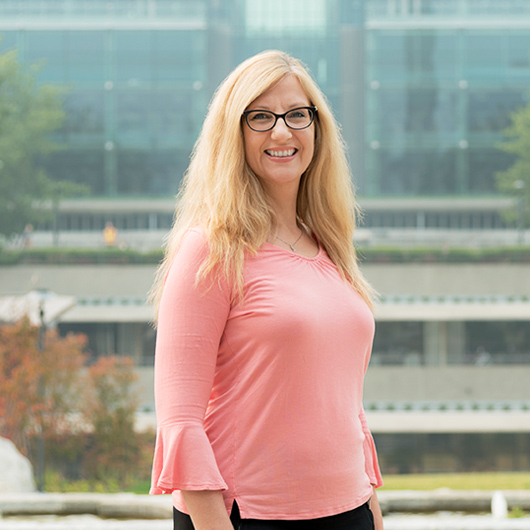
Silvia Bartolic
Silvia introduced SPA as a way of sharing her sociology students’ work with their peers. She explains the challenges and learnings she found along the way.
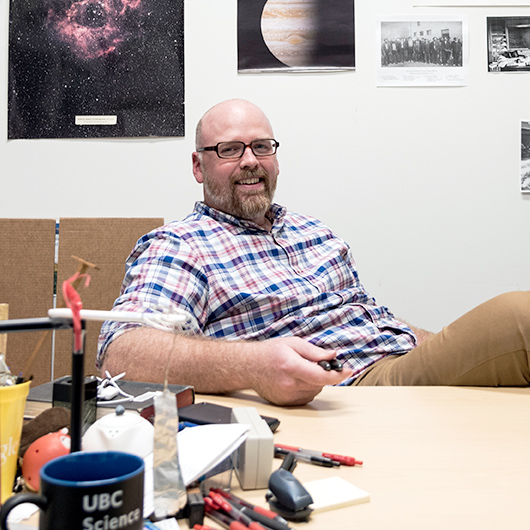
James Charbonneau
Initially a community-building exercise, James explains how peer evaluation in his physics class evolved into student peer review platform ComPAIR, and the importance of safety in peer assessment.
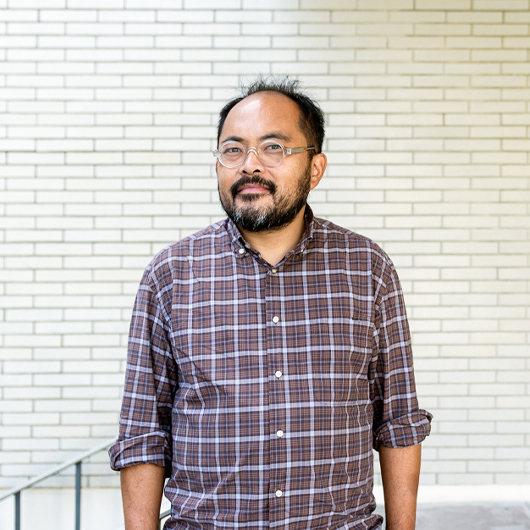
Kevin Chong
One of the foundational pieces of creative writing is peer review. Traditionally run in small workshops, Kevin shares how he brought peer review across to large lecture classes and its importance to developing writers.
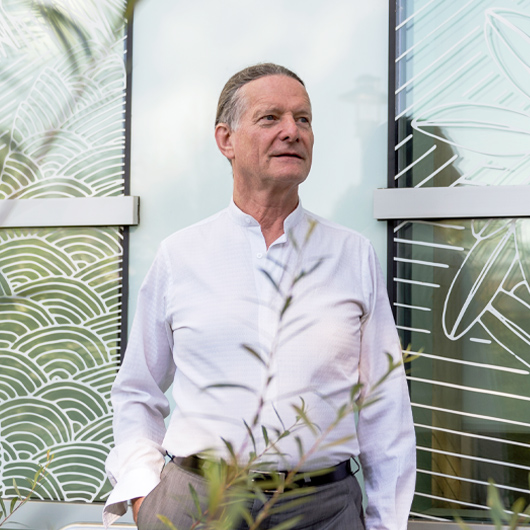
Peter Graf
Personalized feedback for student learning can be challenging to deliver in large classes. But beyond that, Peter sees peer assessment as an opportunity for students to develop important critical reading and self-assessment skills.
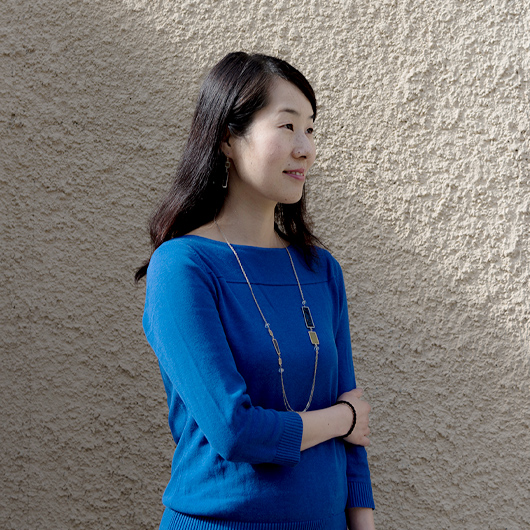
Misuzu Kazama
It’s far more common for peer review to be applied to writing tasks than spoken ones. Can language students give each other good feedback on a spoken assessment? Misuzu developed a project with real-world context to find out.
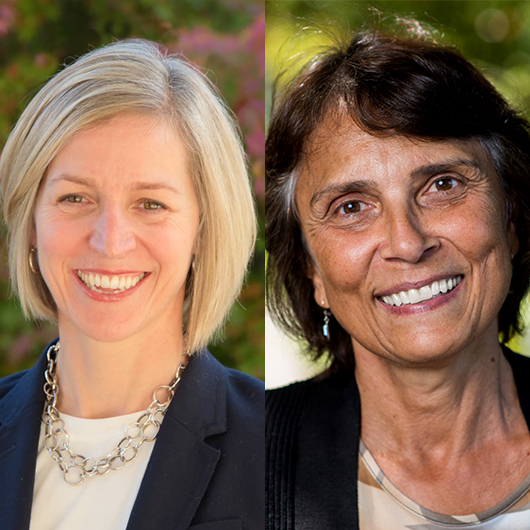
Kelly Allison & Marie Nightbird
Interpersonal communication is a key skill for social work students. After using informal peer feedback to develop those skills for many years, Kelly and Marie share how they formalized the process to gather insights and improve the student experience.
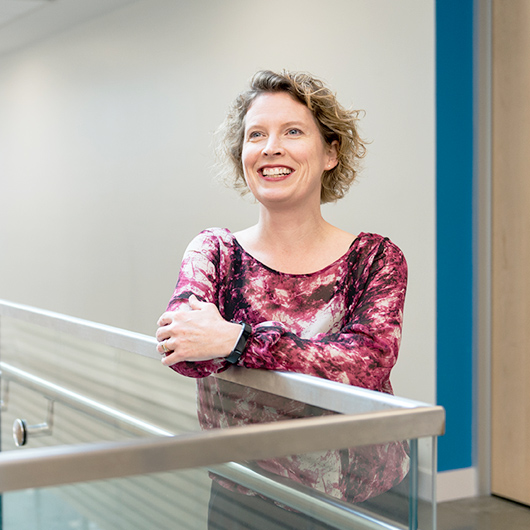
Jennifer Walsh Marr
From a starting point of investigating accountability in group work, Jennifer’s peer assessment project led to more student-centred teaching, and a better sense of community for her students.
